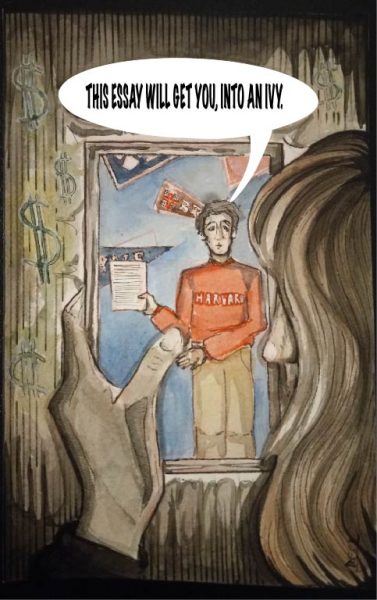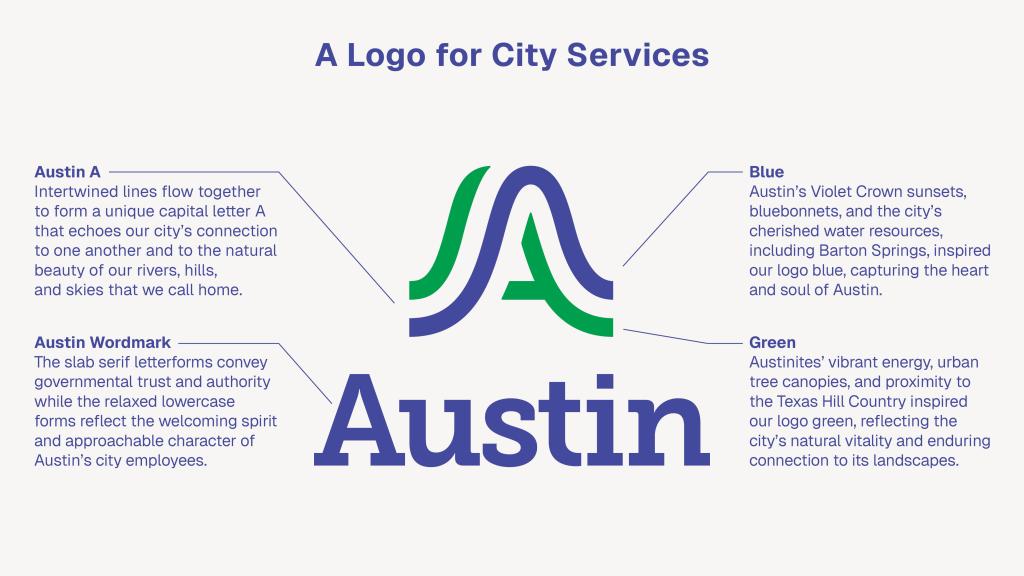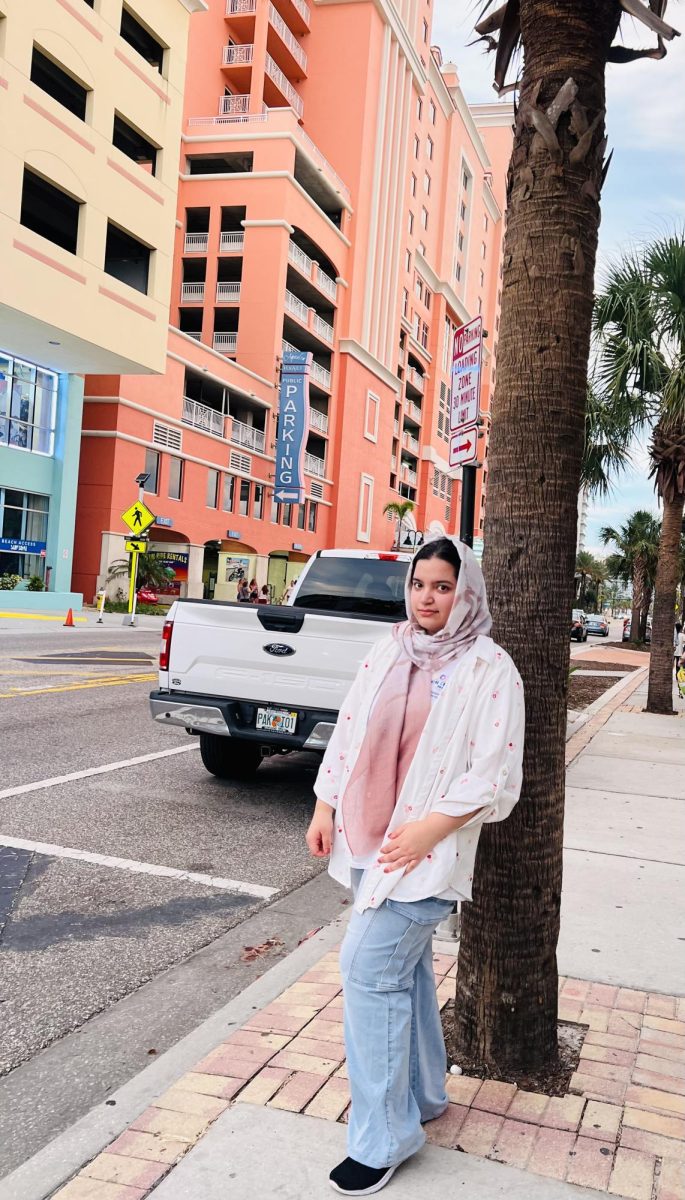
Don’t trust everything you see online. Especially if it’s regarding your chances of getting into your dream college. In recent years, college admissions influencers have found an audience of stressed, uninformed teeangers and provide their fans the “need-to-know” tips for earning an acceptance to a top-tier school, though not without a price. Oftentimes, these influencers have little credibility besides their acceptances to impressive institutions and highly focus on exceptional applicants, sending the average high school senior into a defeatist spiral with the only way out seeming to be to pay more to these self-proclaimed gurus.
Students should not be forced to turn to social media for college admissions support.
Public school districts need to invest in more college resources to set their students up for success and reduce disparities between them and private school students.
It’s no secret that private schools offer much more in terms of college preparation than public schools, especially in college counseling. St. Stephen’s Episcopal School, for example, has four college counselors and an office manager for around 100 senior students, while McCallum has a singular college counselor for over 450 seniors. Not to say that Austin ISD college counselors don’t go above and beyond for their students with essay help, scheduling college visits and more, but it’s an immense workload to expect from a few individuals. AISD should hire a proportional number of college counselors for senior class sizes. Reaching the 1:25 ratio of St. Stephen’s may not be possible, but even 1:50 or 1:100 would be beneficial.
While there are many factors at play concerning private school students’ prevalence in the Ivy League and similarly sought-after universities, access to high-quality counselors correlates with admissions success, as shown in a 2022 Harvard and Brown university study. Adding more in public schools could recreate this trend.
Hiring more counselors would not, however, eliminate the barrier of cost many public, middle-class students face. Many private school students are financially well-off enough to pay hefty tuition for years of primary education and are therefore able to shell out 80 grand a year for a bachelor’s degree, contributing to large numbers of private school students at Top 20 schools. The Stanford class of 2025, for instance, is made up of nearly a quarter private school students, despite only 14% of students in the U.S. attending private school. When other students, especially those in public schools who are middle or lower-class, get into their dream schools, they are often forced to leave that fantasy behind when they see the price tag.
While leveling the playing field won’t guarantee that every AISD student attends an Ivy League school, it is the only way to make those dreams somewhat possible. And more college support could increase access to scholarships, reducing the gap in affordability.
Public school students deserve a fighting chance in the battle that is modern college admissions. Unaware students and overworked counselors benefit no one, except the private school competition and viral grads looking to make some extra cash.






